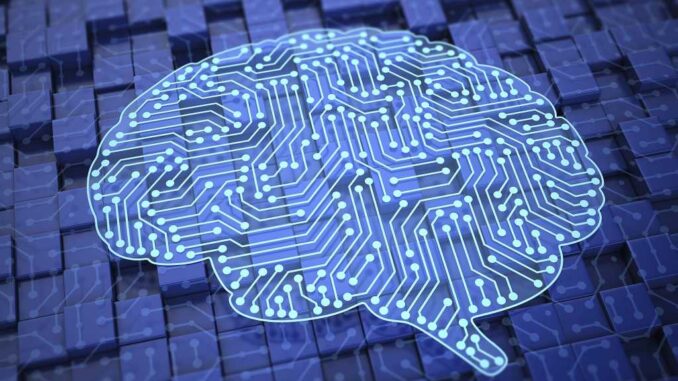
Harnessing the power of AI involves leveraging advanced algorithms, machine learning, and data analytics to solve complex problems, streamline processes, and enhance decision-making across various domains.
Whether in business, healthcare, education, or daily living assistance, the effective application of AI can lead to transformative outcomes. Here’s how to harness the power of AI effectively:








### 1. **Identify Specific Use Cases**
– **Problem Definition**: Clearly define the problems you aim to solve with AI. This could be enhancing operational efficiency, improving customer service, or enabling personalized experiences.
– **Prioritize Use Cases**: Focus on high-impact areas that can benefit significantly from AI deployment, ensuring alignment with organizational goals or user needs.
### 2. **Data Collection and Management**
– **Quality Data**: Gather high-quality, relevant data to train AI models. The more accurate and comprehensive the data, the better the model’s performance.
– **Data Cleaning and Preprocessing**: Ensure data is cleaned and structured for analysis, removing any inaccuracies or inconsistencies that could skew results.
### 3. **Choose the Right AI Technologies**
– **Machine Learning**: Utilize supervised, unsupervised, or reinforcement learning models based on the problem at hand.
– **Natural Language Processing (NLP)**: Implement NLP for applications involving text and speech, such as chatbots or sentiment analysis systems.
– **Computer Vision**: Apply computer vision techniques for image or video analysis, beneficial for security, healthcare diagnostics, or retail.
### 4. **Develop and Train AI Models**
– **Model Selection**: Choose appropriate algorithms and architectures suited for the specific tasks and data types. Experiment with different models to find the best fit.
– **Training and Testing**: Train your models using validated datasets and test them to assess performance. Use metrics relevant to the application (accuracy, precision, recall).
### 5. **Iterate and Optimize**
– **Feedback Loops**: Implement systems to collect feedback on AI performance, enabling continuous improvement and model refinement.
– **Monitoring**: Regularly monitor model performance and adjust as necessary to maintain accuracy and relevance over time.
### 6. **Integrate AI Into Existing Systems**
– **Seamless Integration**: Ensure AI solutions can be integrated with existing workflows and platforms without significant disruptions.
– **API Development**: Develop APIs to allow different systems to communicate and share data, facilitating a cohesive user experience.
### 7. **Engage Stakeholders**
– **Collaborate with Experts**: Involve data scientists, domain experts, and stakeholders throughout the development process to harness cross-functional insights.
– **User-Centric Design**: Focus on the end-user experience, ensuring that AI tools are intuitive and beneficial for the intended audience.
### 8. **Ensure Ethical AI Practices**
– **Bias Mitigation**: Actively work to identify and reduce bias in AI algorithms and data to ensure equitable outcomes.
– **Transparency**: Promote transparency in AI decision-making processes and provide explanations for how AI outputs are generated.
### 9. **Education and Training**
– **Skill Development**: Provide training for employees to understand and leverage AI tools effectively, thereby fostering a culture of innovation.
– **Awareness Programs**: Educate stakeholders about the capabilities and limitations of AI to prevent unrealistic expectations.
### 10. **Evaluate Impact and Outcomes**
– **Measurement Metrics**: Define clear metrics for evaluating the success of AI implementations, such as cost savings, efficiency gains, or user satisfaction.
– **Post-Implementation Review**: Conduct assessments after deployment to analyze AI performance, user experience, and potential areas for further development.
### Examples of AI Applications
– **Healthcare**: AI-driven diagnostic tools that analyze medical images to detect anomalies and assist clinicians in making quicker diagnoses.
– **Finance**: AI-powered fraud detection systems that analyze transaction patterns to identify suspicious activities in real-time.
– **Supply Chain Management**: AI algorithms that optimize inventory levels, predict demand, and streamline logistics processes.
– **Education**: Personalized learning platforms that adapt to individual student learning styles and provide tailored educational content.
By systematically approaching the integration of AI into various domains and focusing on the careful management of data and ethical considerations, organizations and individuals can truly harness the power of AI and realize its transformative potential.


Leave a Reply